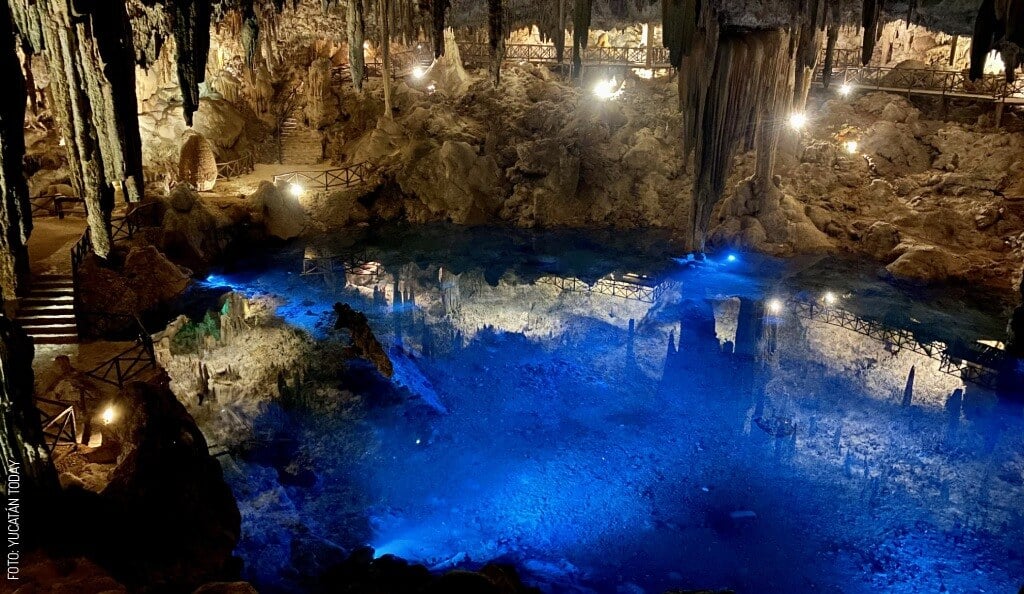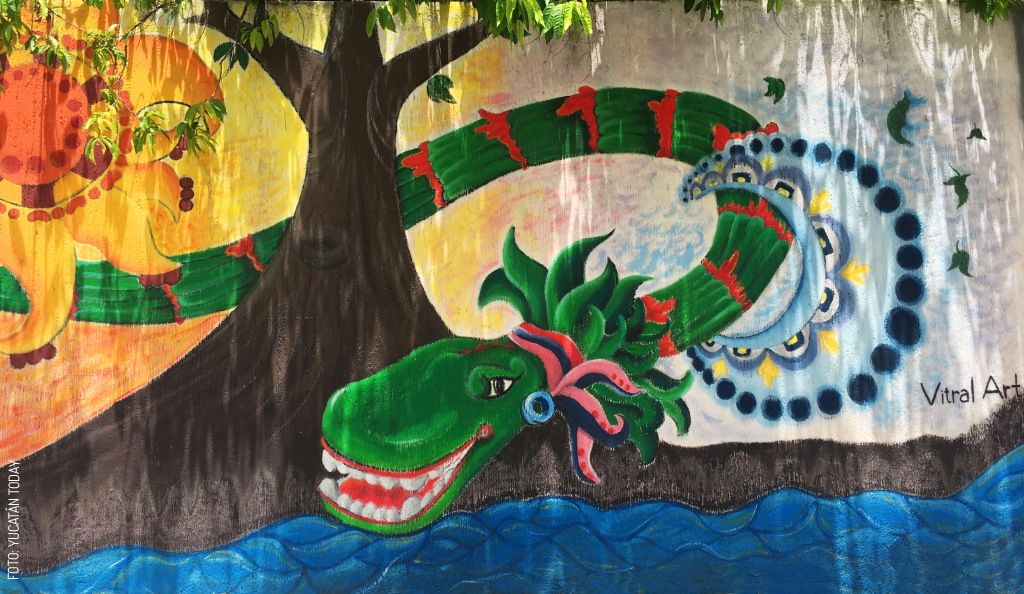
The legend of Tsukán, the guardian of the underground
As the temperature continues to rise, what better way to cool off than with a refreshing swim alongside a Maya legend?
Picture this: a few weeks back, as I wandered through a well-known cenote park, I stumbled upon a snake. It was a boa, slithering ponderously toward the outer edge, heading into the jungle. Watching it with curiosity, I recalled a tale I'd heard years ago, about a mythical serpent that dwells in caves and cenotes, equally inspiring fear and reverence.
According to the legend, Tsukán, as the creature is known, inhabits cenotes and underground rivers, moving through passages and tunnels across the Yucatán Peninsula, ensuring that water never runs dry. However, Tsukán carries out this noble mission not by choice, but as punishment. You see, in ancient times, Tsukán dared to confront none other than Chaac, the Maya god of rain, not only confronting him with a dry, booming voice but also daring to challenge his power and contradict his desires.
The origin of Tsukán, the sacred serpent of cenotes
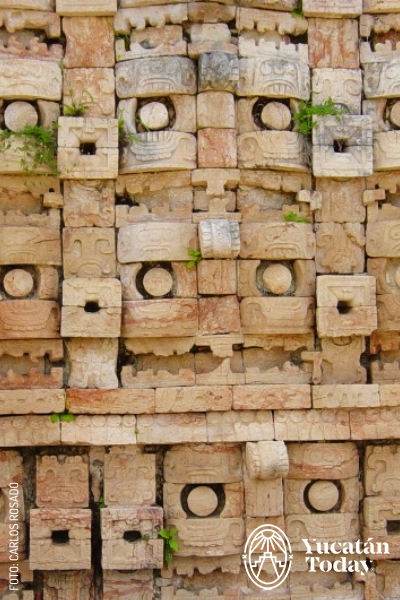 Back then, Chaac was worried because a prolonged drought had dried up the cenotes, putting crops, as well as the lives of humans and animals, at risk. So he sat upon what he thought was a thick log, which suddenly stirred and threatened the "audacious" one who had sat upon it. This was Tsukán, a snake of truly intimidating appearance, so big the length of its body could traverse several paths at once.
Back then, Chaac was worried because a prolonged drought had dried up the cenotes, putting crops, as well as the lives of humans and animals, at risk. So he sat upon what he thought was a thick log, which suddenly stirred and threatened the "audacious" one who had sat upon it. This was Tsukán, a snake of truly intimidating appearance, so big the length of its body could traverse several paths at once.
But Chaac was not intimidated. Enraged by the snake's insolence, the deity mounted it and fought with it in the air. During the battle, Tsukán developed manes and wings that allowed it to soar through the sky at great speed. Taking advantage of this, the god directed it toward the coast to bring seawater to the cenotes and replenish them.
The awe-inspiring serpent, which until then had only lived in caves and plains, was amazed at the vast sea. The sheer expanse of water seemed unbelievable, and it wanted to stay and live there. But Chaac had other plans. He entrusted it with watching over the Península's groundwater and ensuring it never ran dry. Tsukán would only be allowed near the sea at the end of its life.
But even in death, Tsukán remains cenotes’ tireless guardian. You see, when Tsukán dies, it turns into rain, and as the water cycle would have it, ends up once again seeping into the underground waterways, where it is reborn to continue its mission. There it remains, in the darkness. Its vigilant, bright, and terrifying eyes ensure that the liquid never runs out.
Tsukán sightings in cenotes and caves
The story has a certain romantic air to it, but also a terrifying side. While Tsukán usually shies away from human sight, it occasionally appears before unsuspecting people, who, after the intimidating encounter, may suffer from fever or delirium. That's why, especially in rural areas, farmers and hunters are very careful when entering caves and cenotes, lest the monstrous snake be lurking nearby.
.jpg)
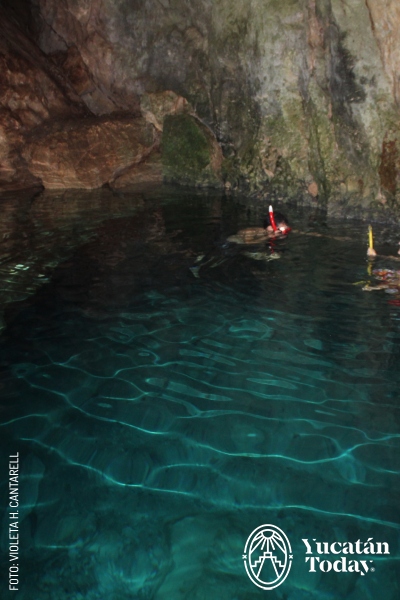
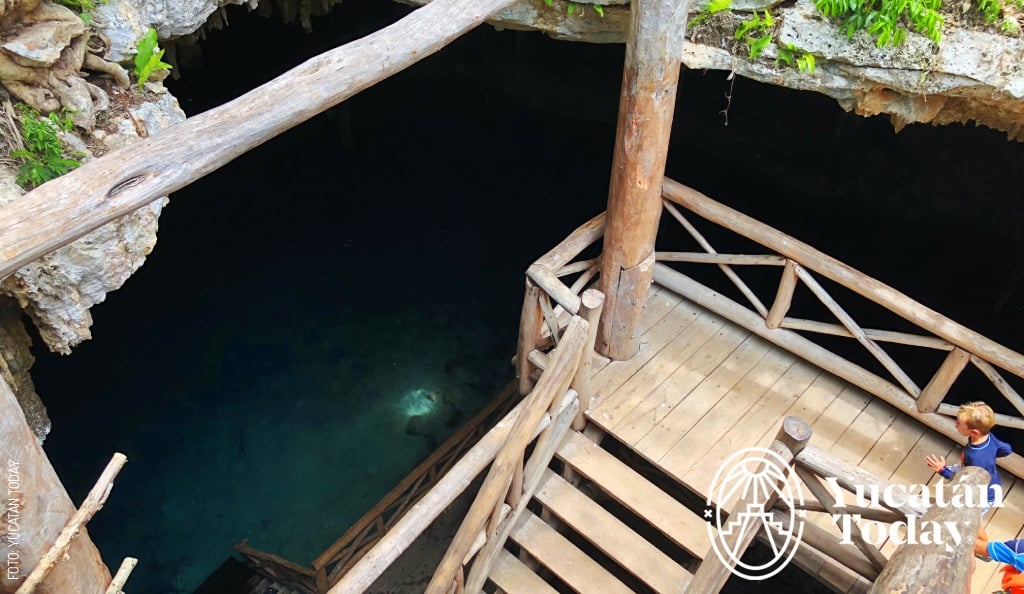
Although... perhaps you've seen it. Tell me, have you ever believed you've seen a reddish glow streaking across the evening sky? If so, then you're one of the few with the perception to detect Tsukán when it heads to the sea to die and be reborn.
But while it's unlikely (and not recommended) to have an encounter with Tsukán, you can certainly keep an eye out for one of its "homes," as its presence has been documented in a cave near Calcehtok, on the Puuc Route, where ecotourism visits are offered.
Meaning of the legend of Tsukán, guardian of cenotes
It's worth considering that legends like this not only entertain and explain why the water in cenotes never seems to run out, but also help instill respect for sacred places and teach about being responsible in caring for a vital resource like water.
As for the boa I found at the cenote entrance, it inspired admiration more than fear. Serene and majestic, it turned its head, and we locked eyes for a few seconds before each of us continued on our way.
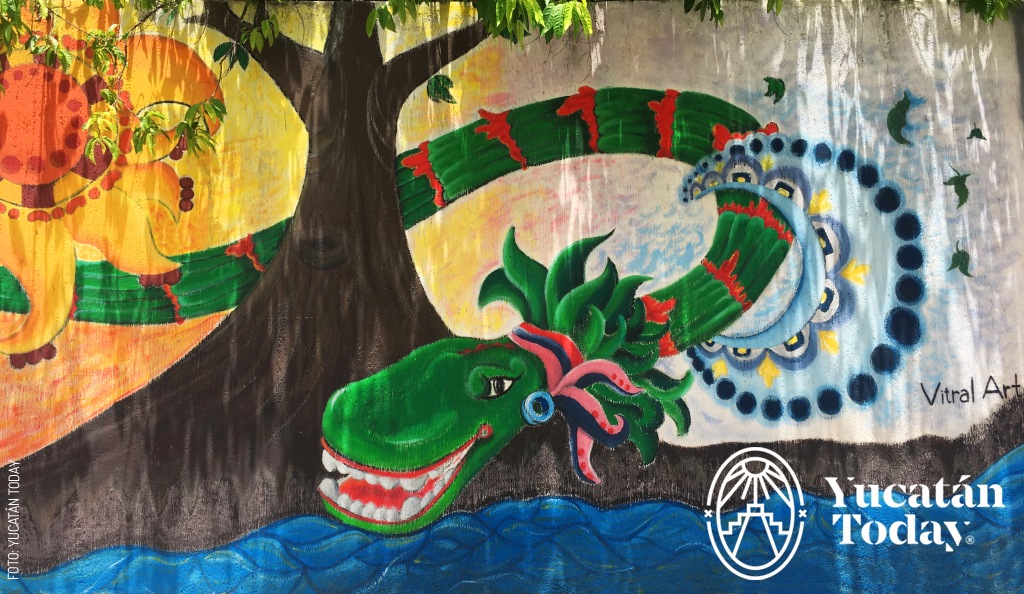

Author: Alberto Chuc
I like to travel through books and in the real world, activities that I combine whenever I can.
Receive the latest articles and much more from the best of Yucatán in your email!
Related articles
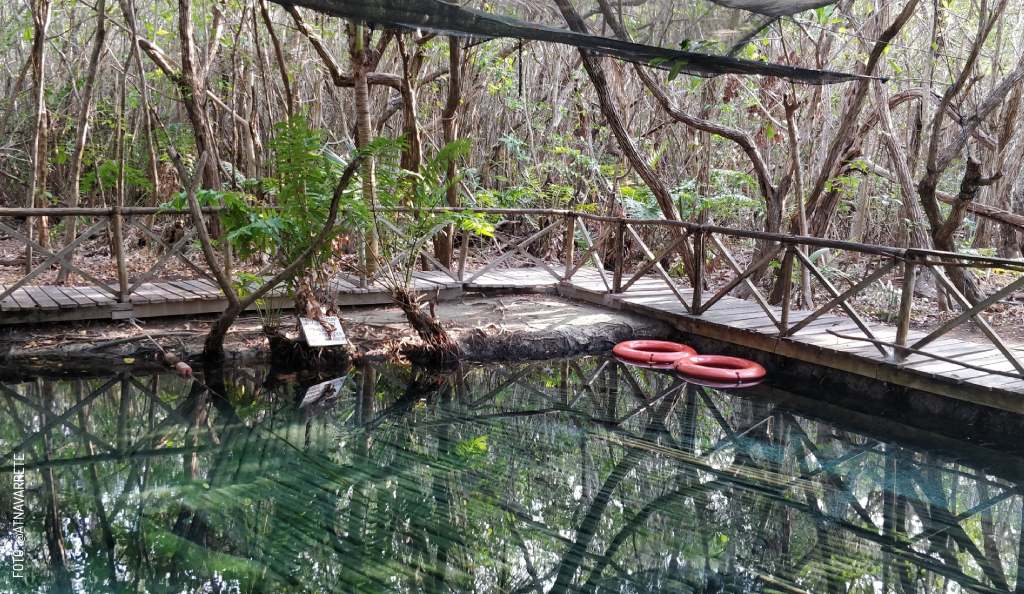
Cenotes with children: adventure and safety
Discover how to safely enjoy cenotes with children in Yucatan. From footwear to hydration, this guide ensures a fun and secure adventure.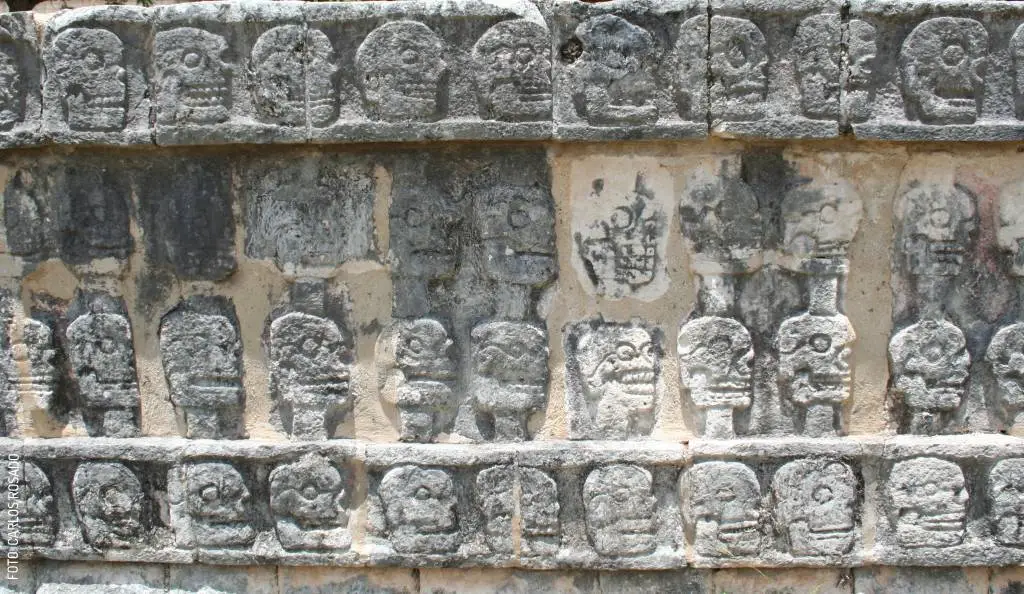
Xibalbá and the Maya View of Death
How did the ancient Maya view death? For them, the cycle of death could be seen everywhere. What exactly was Xibalbá? Get all the details.